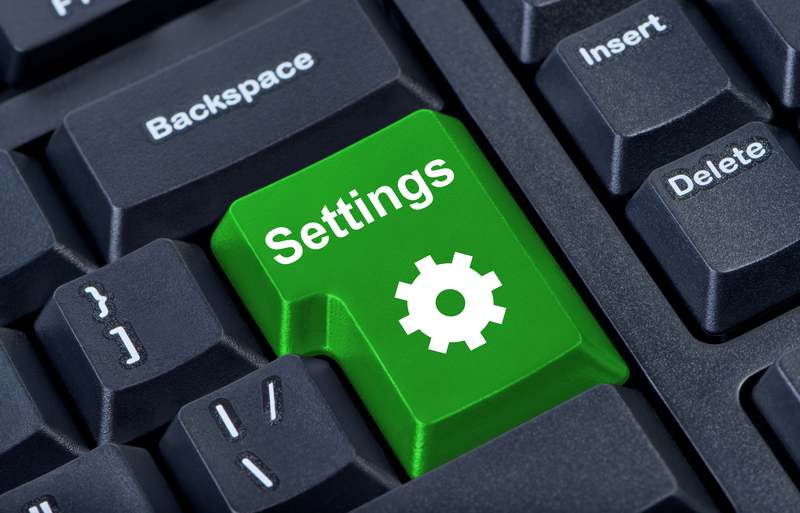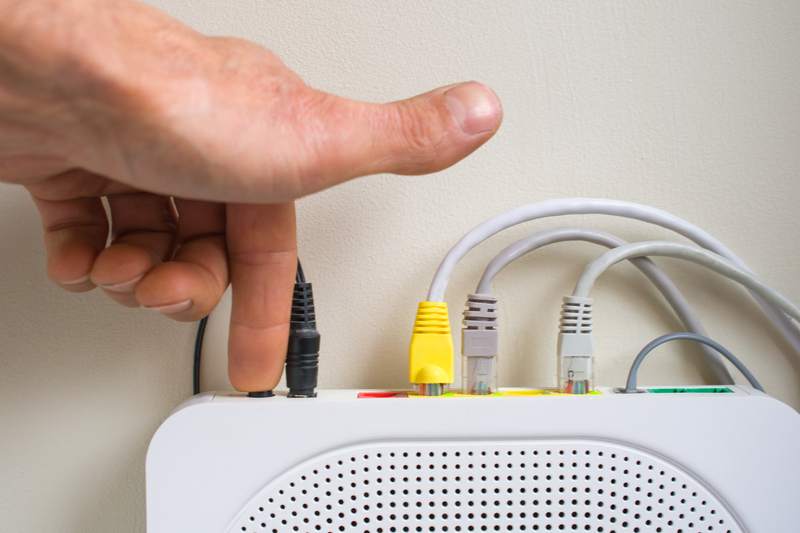
HTC One M8 is one of the most efficient Android smartphones out there and has been around for quite a few years now.
The smartphone is designed with WLAN support, which means it can be connected to Wi-Fi for communication purposes.
However, some users have been complaining about HTC One M8 Wi-Fi issues, with which they aren’t able to use the wireless internet, or the connection gets too spotty.
So, if you have a similar smartphone and have a hard time connecting to the internet, we are sharing the troubleshooting guide that you need!
HTC One M8 Wi-Fi Issues
- Reconnect
The first solution is to reconnect to the Wi-Fi. In particular, you have to turn off the Wi-Fi on your smartphone and turn it back on.
For this purpose, you have to open the settings and toggle the Wi-Fi slider to the off position. Then, wait for a few minutes and slide the toggle to the on position.
This will reconnect your phone to the Wi-Fi, and in most cases, it improves the connection.
- Power Cycle
The second solution is to power cycle your smartphone. This is because power cycling the smartphone can help resolve the minor bugs that are causing the connectivity issues.
For this purpose, you have to press the power button and hold it until the phone options turn up on the screen. Then, choose the power off button, and the phone will turn off.
Once the phone is off, you’ve to wait for a few minutes and press the power button again to turn on your smartphone.
If possible, you should power cycle your router to make sure the internet signals are refreshed and connect to your phone properly.
- Forget The Network
Another solution is to forget the Wi-Fi network and reconnect your phone to the wireless connection. In particular, it helps refresh the internet connection settings.
To forget the network and reconnect to it, you’ve to follow these steps;
- Open the settings on your smartphone
- Tap on Wi-Fi
- Press the access point that you want to connect to and hold it
- Tap on the “forget network” button
- Then, go to the list of available Wi-Fi networks and enter the password again and hit the connect button
- Once the internet is connected again, try using it again, and the wireless connection will work
- Authentication
In some cases, the Wi-Fi connections need authentication or a secondary login. For this purpose, you’ve to verify if you need the authentication and complete the process to connect to Wi-Fi.
For verification and a seamless wireless connection, you have to follow these steps;
- When you try to connect to Wi-Fi, wait for the “sign-in required” popup on the screen
- Follow the on-screen prompts to complete the setup process
- When the prompt appears for adding the password, you have to add it and connect to the internet
- Configuration
In some cases, the Wi-Fi networks are configured or prohibited from broadcasting the name of the network. As a result, it becomes challenging to connect to Wi-Fi.
So, let’s see how you can connect your smartphone to a hidden Wi-Fi network!
- Open the settings and go to the Wi-Fi tab
- Select the menu button and tap on the “add network” button
- Now, add the network’s name as well as the password and tap on the connect button
- Advanced Settings
There are advanced wireless internet settings that have to be optimized to make sure the wireless connection works.
For this purpose, we recommend that you open the advanced settings from the smartphone’s settings. Now, look for WAN detection, auto-connect, Wi-Fi optimization, auto-switch, and frequency band options.
If any of these settings are available, you have to toggle them off and on to make sure the internet speed improves.
- Wi-Fi Band
The Wi-Fi’s frequency band can directly impact the speed and efficiency of the internet. It’s ideal to select “automatic” in the Wi-Fi frequency band.
On the other hand, if the automatic option isn’t available, we recommend that you select the 2.4GHz option from the available options, as it has a better wireless range.
- Reboot The Router
If you have already rebooted your smartphone, but it hasn’t resolved the Wi-Fi issues, we recommend that you reboot the Wi-Fi router to make sure the connection is refreshed.
If you have connected your wireless router to a power source, you must disconnect the power cord for a few minutes and reconnect it.
On the other hand, if you are using a battery-powered router, you have to identify the power button and press it to turn off the router. Also, you can access the manual to see how the battery-powered router is rebooted.
- Distance
In case your Wi-Fi issue involves a spotty wireless connection, or if the internet speed is dropping, it’s likely that distance is the issue.
We recommend that you move the smartphone closer to the router to make sure the internet signals are fast enough and your device is receiving ample wireless signals.
To be certain, you can see the status bar of the Wi-Fi. If the signal quality seems low, it’s a clear indication that the smartphone has to be put closer to the router.
- Auto-Switch
In most cases, Android smartphones are designed with network auto-switch that allows the smartphone to switch between different Wi-Fi networks to make sure you are connected to a faster one.
This feature is designed to ensure that you get a reliable internet speed. However, it can also result in some connectivity issues. For this reason, we recommend that you disable the auto-switch feature.
To turn it off, follow these steps;
- Open the Wi-Fi tab from the settings and go to the Wi-Fi preferences
- Scroll down to “auto switch to data” and disable it
Once the auto-switch is turned off, you will have to shift between different Wi-Fi connections or mobile data yourself.
- Disable The Apps
The last solution is to disable the apps that conflict with your Wi-Fi connection. In most cases, these are the antivirus and VPN apps. So, if you have these apps on your smartphone, delete or disable them!



